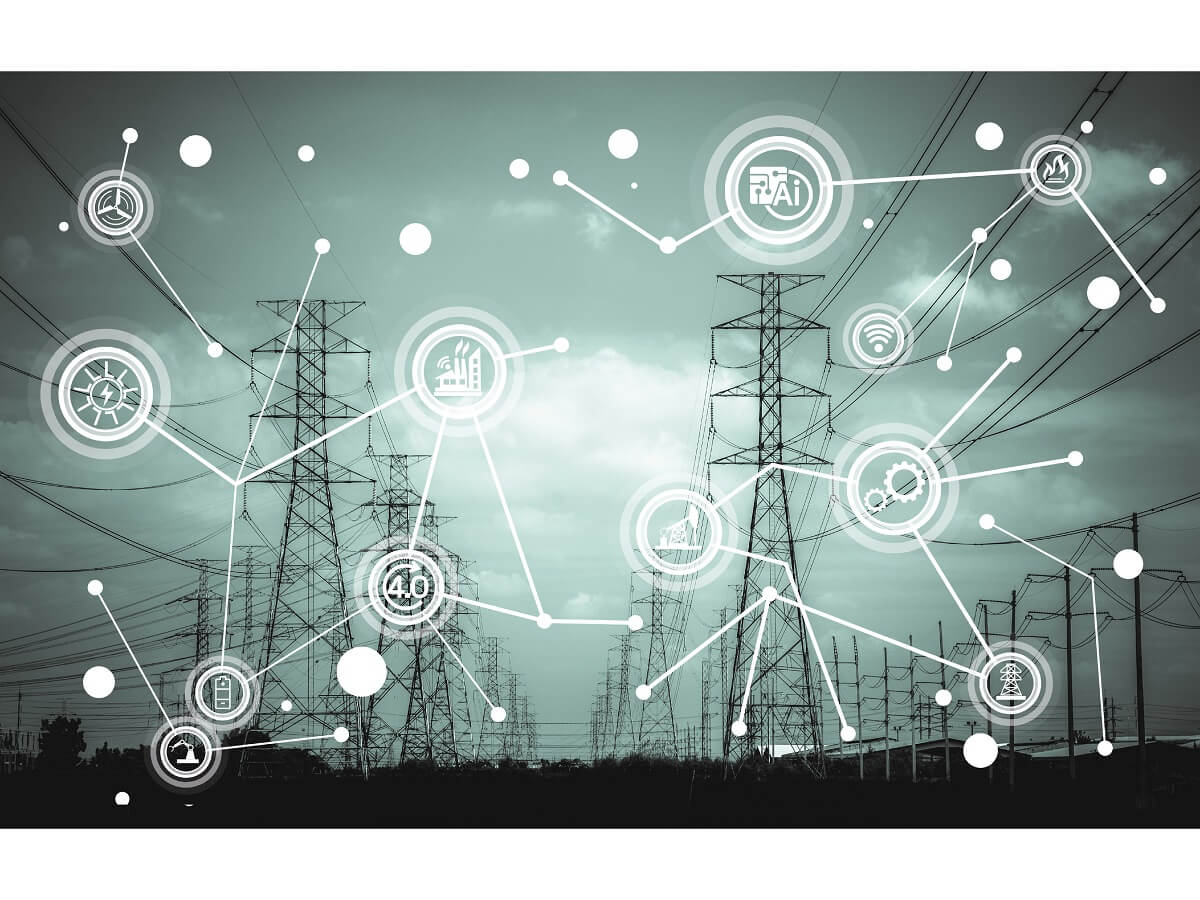Introduction
The electrical industry in India is a crucial sector that contributes significantly to the country's economic growth. With its wide range of businesses, from multinational corporations to micro, small, and medium enterprises (MSMEs), this industry plays a vital role in shaping the nation's infrastructure and powering various sectors of the economy.
In recent years, the demand for electrical systems, equipment, and services has surged due to rapid urbanisation and infrastructure development. This increased demand has created significant opportunities for MSMEs operating in the electrical industry.
In this blog post, we will explore the role of MSMEs in the electrical industry, delve into emerging trends that are shaping its future and discuss financing options available for MSMEs in this sector.
1. The role of MSMEs in the electrical industry
MSMEs play a pivotal role in shaping India’s electrical industry across manufacturing, trading, and service sectors. Let's take a closer look at each aspect:
Manufacturing:
MSMEs are the backbone of electrical equipment manufacturing. They produce a wide range of products such as wires, cables, switches, transformers, and other components. Their agility allows them to cater to niche markets, develop specialised products, and adapt swiftly to changing customer demands.
Trading:
MSMEs act as intermediaries in the electrical industry, sourcing products from manufacturers and supplying them to various consumers. Their localised presence and personalised approach help bridge the gap between manufacturers and end-users, ensuring the timely availability of products and solutions.
Service:
MSMEs also contribute to the service segment of the electrical industry by offering installation, maintenance, repair, and other technical services. These services are crucial for ensuring the proper functioning of electrical systems and equipment.
2. Emerging Trends in the Electrical Sector
The electrical sector is constantly evolving with new trends shaping its landscape. Here are some noteworthy trends:
The Rise of Renewable Energy:
As businesses and consumers seek greener alternatives to fossil fuels, renewable energy sources such as solar and wind power have gained immense popularity. This transition towards clean energy is driving growth in the solar panel manufacturing sector as well as spurring investments in wind power projects.
Energy Storage Solutions:
With the intermittent nature of renewable energy sources, there is a growing focus on energy storage technologies. Advancements in battery technology and other energy storage systems allow excess energy generated from renewables to be stored for later use during periods of low generation.
Smart Grids and Grid Modernisation:
The deployment of smart grids worldwide aims to optimise energy distribution and enhance grid reliability. Advanced metering systems, real-time data analytics, and demand response mechanisms enable the collection of real-time energy usage data.
IoT in Electrical Devices:
The Internet of Things (IoT) has had a major impact on the electrical industry by connecting billions of devices to the Internet. Smart home technologies, intelligent lighting systems, and connected appliances offer consumers enhanced energy efficiency and convenience while collecting valuable data on energy usage.
Electric vehicles (EVs):
The rise of electric vehicles has significant implications for the electrical sector. The expansion of EV charging infrastructure supports the growing adoption of electric vehicles, reducing greenhouse gas emissions and promoting sustainable mobility.
3. Financing options for MSMEs in the electrical industry
Access to finance is crucial for the growth of MSMEs in the electrical industry. These enterprises often require funding for equipment acquisition, infrastructure development, working capital, and technological upgrades. While traditional lending institutions offer loans tailored to meet these needs, non-banking financial companies (NBFCs) play a significant role in providing specialised financial solutions.
Conclusion
The electrical industry in India plays a vital role in powering economic development and driving innovation. MSMEs are at the forefront of this industry, contributing significantly to the manufacturing, trading, and service sectors.
Access to finance is crucial for MSMEs to capitalise on these opportunities and fuel their expansion. Mahindra Finance offers tailored financial solutions for MSMEs in the electrical industry, empowering them with collateral-free business loans. By availing of these financing options, MSMEs can invest in equipment, infrastructure, and technology upgrades while driving economic growth and sustaining their businesses.
FAQs
Q: What are some financing options available for new businesses in the electrical industry?
A: New businesses in the electrical industry can explore various financing options such as collateral-free business loans offered by NBFCs like Mahindra Finance.
Q: How can MSMEs benefit from new business loans?
A: MSMEs can benefit from new business loan by gaining access to funds for expanding their operations, investing in technology upgrades, purchasing equipment, or meeting working capital needs.
Q: What are some current trends in the electrical equipment industry?
A: Current trends in the electrical equipment industry include the rise of renewable energy adoption, advancements in energy storage solutions, the deployment of smart grids and grid modernisation initiatives, increased use of IoT devices, and the electrification of industries.
Q: How can Mahindra Finance help MSMEs in the electrical industry?
A: Mahindra Finance offers collateral-free business loans tailored to the specific needs of MSMEs in the electrical industry. These loans provide access to capital for expansion, equipment purchase, working capital requirements, and technology upgrades, enabling MSMEs to rise.






















































